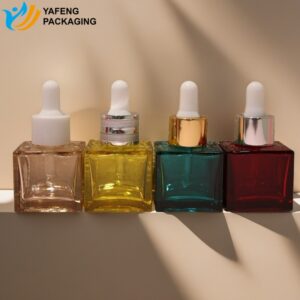
News & Blog
Great things in business are never done by one person. They’re done by a team of people. We have that dynamic group of peoples
In the competitive skincare industry, packaging is a pivotal element that communicates brand identity, protects ingredient integrity, and shapes user experience. Glass bottles dominate high-end skincare packaging, and the choice between stock and custom bottles significantly impacts market positioning. This article analyzes the advantages and disadvantages of both options across five dimensions: brand recognition, cost efficiency, production timelines, quality assurance, and inventory management. With real-world examples, data, and industry insights, it offers actionable strategies for skincare brands—startups or established—to optimize packaging for aesthetic and functional excellence. Special emphasis is placed on Yafeng Packaging’s advanced customization capabilities, which empower brands to create distinctive, high-quality packaging solutions.
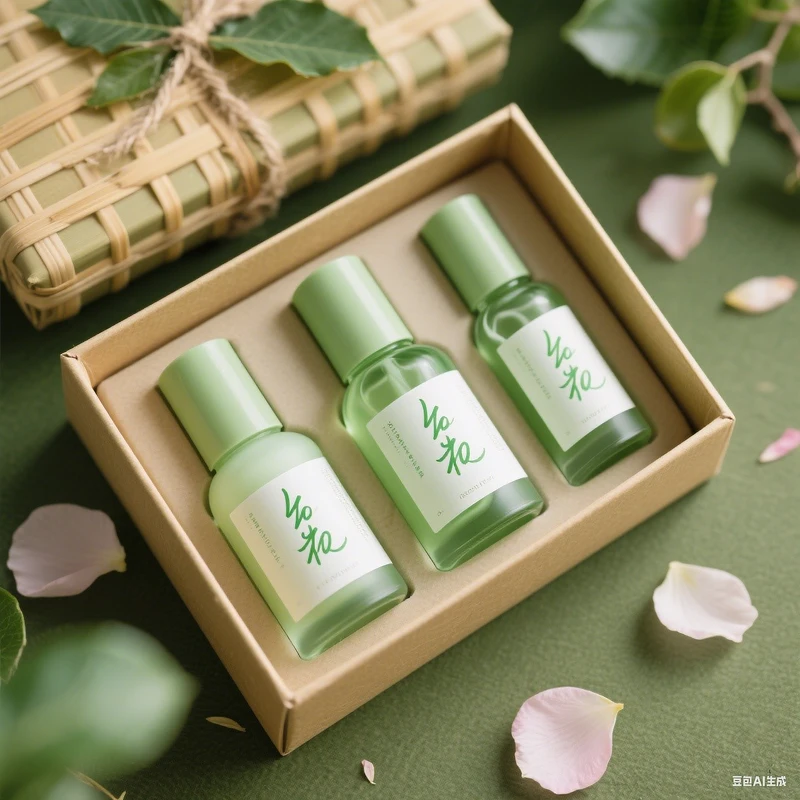
With over 1.2 million skincare SKUs globally in 2024 (Euromonitor), packaging influences consumer decisions within 3 seconds. The choice between custom and stock bottles determines a product’s shelf impact and brand perception.
Custom bottles serve as a brand’s visual signature. A premium anti-aging essence brand used a diamond-cut bottle with gold-plated gradient glass and laser-engraved branding, increasing shelf attention by 58% and consumer interaction threefold compared to stock bottles. Yafeng Packaging excels in such bespoke designs, offering tailored solutions like intricate engravings, proprietary molds, and specialized finishes (e.g., frosted or UV-proof glass). For a sensitive skin line, Yafeng crafted frosted bottles with vacuum pump heads, reinforcing “gentle and safe” positioning, which boosted conversion rates by 27%. Yafeng’s anti-counterfeiting features, such as fluorescent particles and unique mold designs, reduced counterfeit complaints for a medical-grade skincare product by 73%, enhancing brand trust by 18 points.
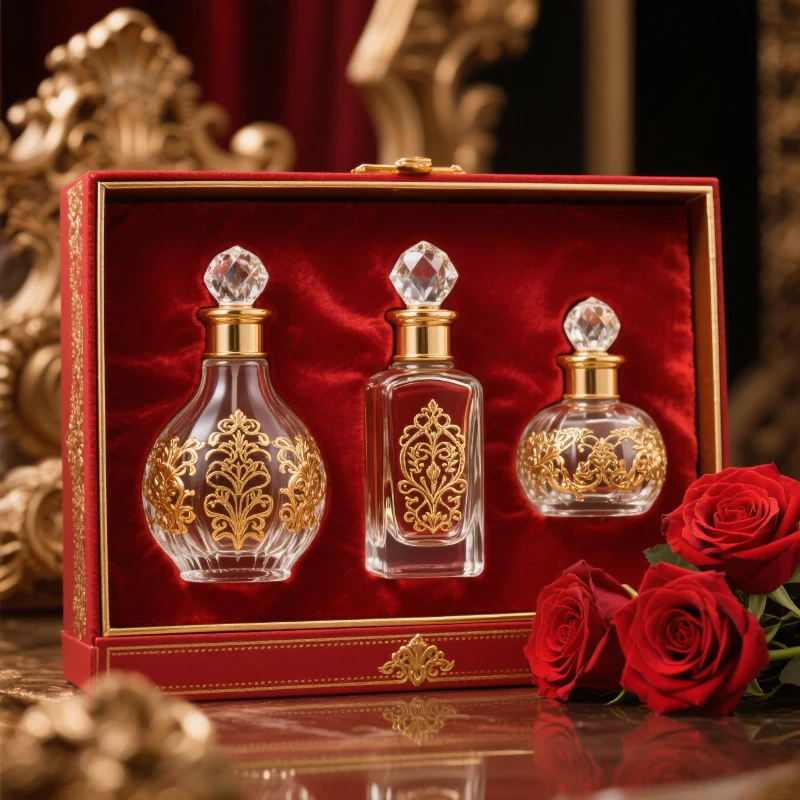
Stock bottles often lead to visual uniformity, with 65% of affordable essences using standard cylindrical glass, hindering differentiation. A moisturizing cream brand reported 32% consumer confusion with competitors’ stock-bottled products, dropping to 9% after switching to custom bottles designed by Yafeng. Custom bottles also support premium pricing—products in Yafeng’s custom designs command 25% higher prices, conveying professionalism and exclusivity.
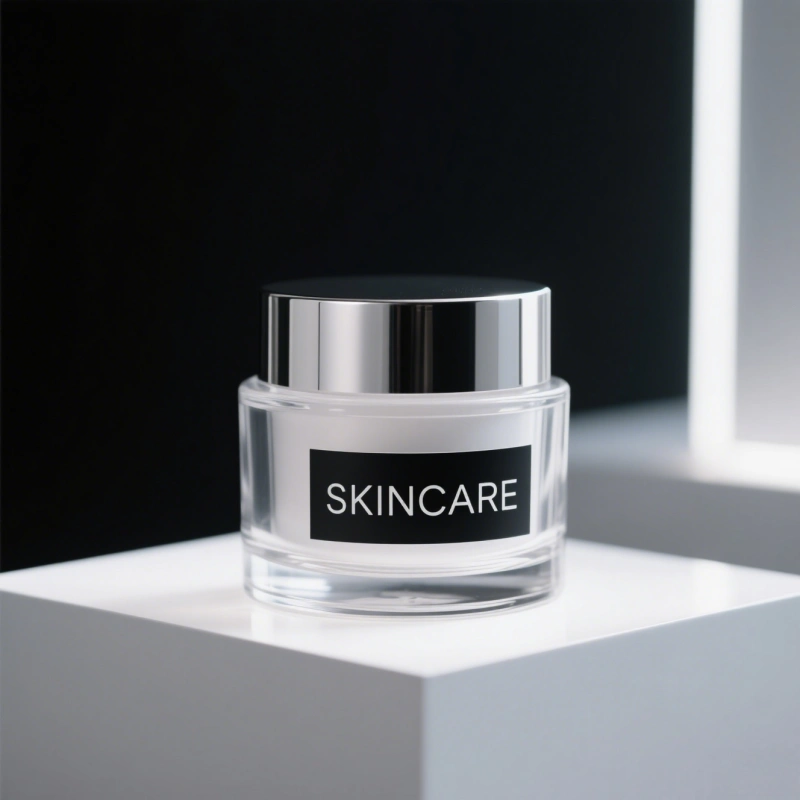
Packaging costs must align with brand positioning, sales volume, and product lifecycle. Custom and stock bottles differ in upfront and ongoing expenses.
Custom bottles require initial investments in design ($420–$1,380), mold development ($1,100–$8,330), and sample testing ($1,100–$4,170). Unit costs for a 30ml essence bottle range from $0.49–$1.11, compared to $0.17–$0.35 for stock bottles, with MOQs of 30,000–80,000. Yafeng Packaging streamlines this process with cost-effective mold development (starting at $1,100) and rapid prototyping, enabling brands to achieve premium positioning efficiently. A high-end cream brand using Yafeng’s custom bottles invested $6,250 in molds, increasing gross margins from 58% to 69% and recouping costs in 14 months with a 21% rise in repurchase rates.
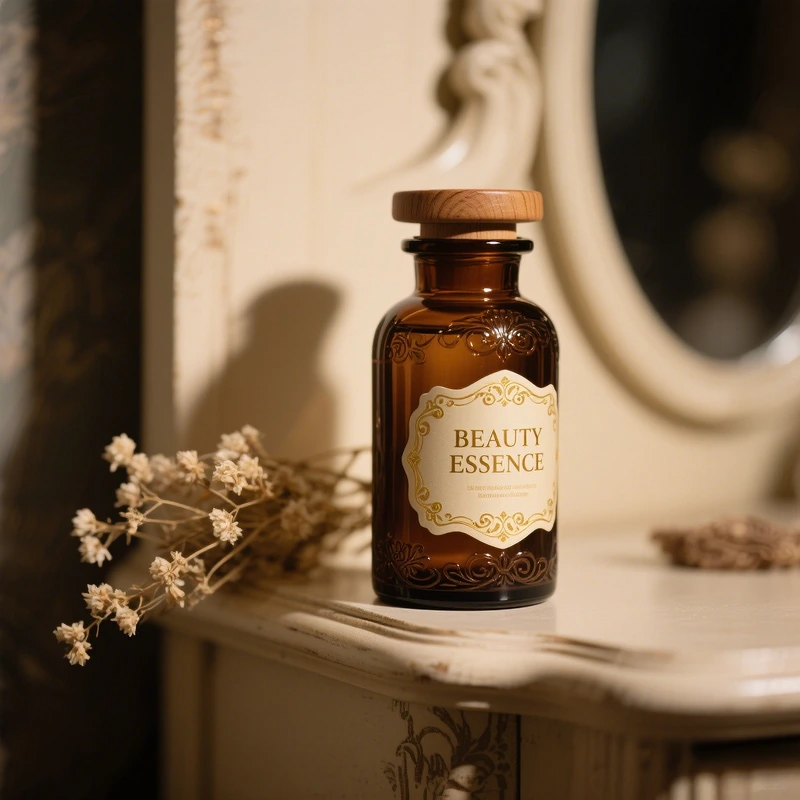
Stock bottles, with no design or mold fees and MOQs as low as 5,000, suit market testing. A startup used stock bottles for sample sets, saving 60% on initial costs. However, additional label printing ($0.07–$0.14 per bottle) can increase costs by 19%. Stock bottles also limit premium pricing, with consumer willingness to pay 38% lower than for Yafeng’s custom-bottled products.
Cost Item | Custom Bottle (30ml Essence) | Stock Bottle (30ml Essence) |
|---|---|---|
Mold/Design Fee | $1,380–$4,170 (one-time) | $0 |
Unit Price | $0.49–$1.11 | $0.17–$0.35 |
MOQ | 30,000–80,000 | 5,000 |
Additional Costs | Frosting, engraving, pump heads | Label printing ($0.07–$0.14) |
Brand Premium | Supports 30%–50% premium | Limited to ≤15% premium |
Table 1: Cost comparison for skincare glass bottles (2025 industry data)
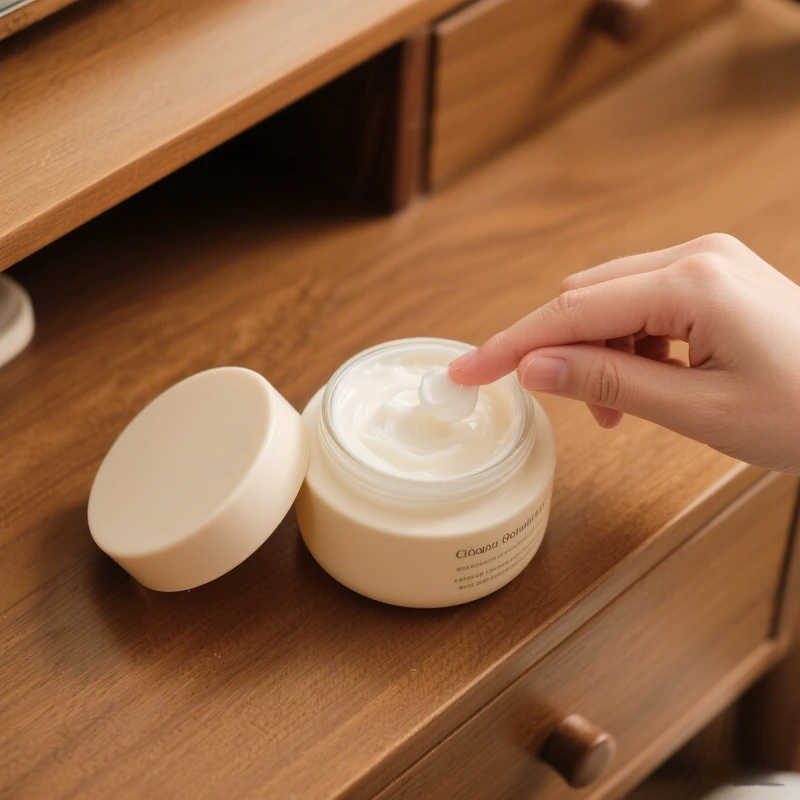
Skincare trends shift rapidly, and packaging timelines impact market opportunities.
Custom bottle production takes 16–32 weeks, including design (3–6 weeks), mold development (6–16 weeks), sample testing (4–8 weeks), and mass production (3–6 weeks). Yafeng Packaging accelerates this with a 30-day mold development cycle and integrated design-to-production services, ensuring compatibility with complex formulas. A “morning C and evening A” essence brand delayed its launch by 8 weeks due to dropper adjustments, losing $31,940. Conversely, an anti-aging cream brand using Yafeng’s synchronized packaging and formula development launched with a “professional” reputation, selling 50,000 units in its first month.
Stock bottles ship within 48–72 hours, covering 90% of standard designs. A brand leveraged the “olive essence” trend, launching with stock bottles in 15 days and selling 20,000 units. Stock bottles suit sample packs, costing 60% less than custom alternatives. However, specification mismatches, like a 2cm bottle mouth for a particle-based scrub, can reduce efficiency by 40%.
Skincare ingredients like vitamin C require robust packaging to maintain efficacy and user trust.
Yafeng’s custom bottles offer UV-proof glass (99% UV blockage), precise sealing (≤0.05% leakage), and temperature resistance (-10°C to 50°C). A vitamin C essence in Yafeng’s UV-proof bottles retained activity for 6 months, reducing oxidation complaints by 82%. Yafeng’s precision designs, like wide-mouth bottles for creams, improved user convenience by 34%. Corrosion-resistant bottles for acid-based essences cut complaints from 15% to 2%.
Stock bottles often have uneven glass thickness (±0.4mm deviation) and poor sealing, causing 42% of a toner brand’s complaints due to leakage. A stock bottle for an alcohol-based toner fogged after 3 months, prompting a $2,780 recall. Stock bottles’ higher oxygen permeability shortens shelf life by 40% for preservative-free products.
Skincare brands with diverse SKUs must balance inventory complexity and capital efficiency.
Custom bottles require 2–4 months of inventory (20㎡ for 30,000 30ml bottles, costing $10,830–$26,670). Yafeng’s vendor-managed inventory (VMI) services reduce storage costs by 40% by storing bottles at their facilities. A brand with eight series cut inventory turnover from 50 to 32 days using Yafeng’s tailored inventory solutions.
Stock bottles support low-volume purchases (5,000 units), ideal for multi-SKU brands. A functional skincare brand with 12 SKUs kept storage costs at 5% of packaging expenses. However, supply chain disruptions, like a 2-week stock bottle shortage, can delay launches and cost 30% in sales.
The choice between custom and stock bottles hinges on a brand’s stage and goals:
Startups/Niche Brands: Use stock bottles for low-risk market testing.
Premium/Long-Term Brands: Leverage Yafeng’s custom bottles to build brand equity and reduce marketing costs.
Fast-Moving/Seasonal Products: Combine stock bottles with custom labels for flexibility.
High-Value/Anti-Counterfeit Products: Choose Yafeng’s custom bottles with anti-counterfeiting features.
Yafeng Packaging, with 21 years of expertise since 2004, excels in both stock (90% coverage, 24-hour shipping) and custom solutions. Their advanced customization capabilities—rapid 30-day mold development, precise anti-counterfeiting designs, and integrated design-to-production services—empower brands to create standout packaging that drives commercial success and brand value in the competitive skincare market.
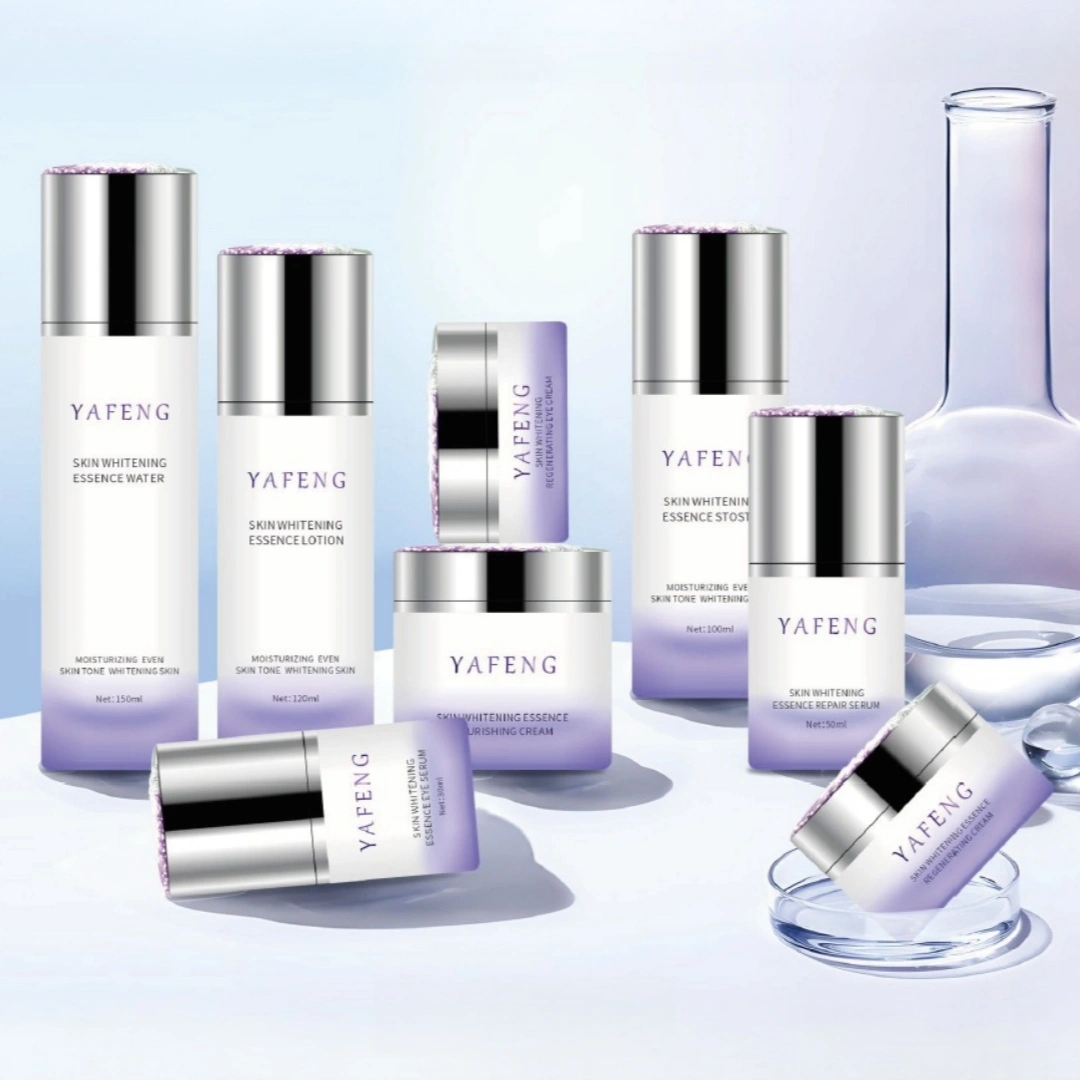
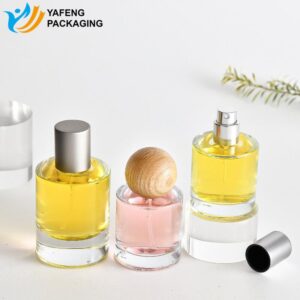
Ever wondered how long your perfume lasts? This guide explores the shelf life of opened and unopened perfumes, factors affecting longevity, and tips to make it last longer!

Explore the intricate world of perfume bottle design! From caps to base, discover how each part contributes to the fragrance experience & art of perfumery.
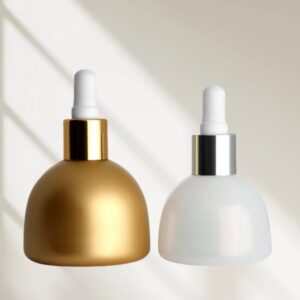
Discover a complete guide to glass dropper bottles—from material and shape to customization and usage—for precise, durable, and high-end liquid packaging solutions.
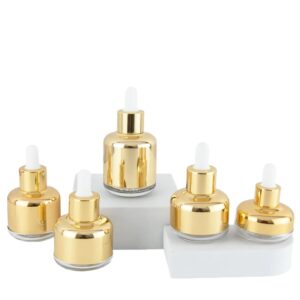
Elevate your beauty brand with strategic packaging design! Explore luxury & sustainable cosmetic packaging trends, brand collaborations & unboxing experiences.
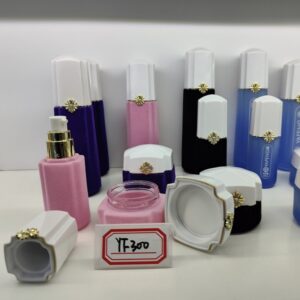
Discover the electrostatic flocking process in packaging, enhancing cosmetic glass bottles with luxurious textures, vibrant colors, and eco-friendly designs for premium products.
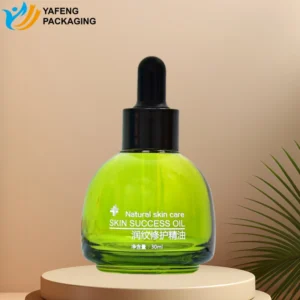
Discover how spray coating enhances skincare and perfume packaging by improving appearance, brand identity, durability, and safety with advanced technology.
Explore custom vs. stock bottles for skincare packaging. Learn how Yafeng’s solutions boost brand identity, quality, and efficiency in this in-depth guide.
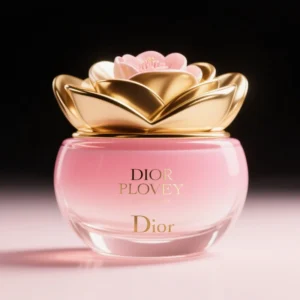
Discover how gradient color spray transforms cosmetic glass bottles, enhances brand image, and boosts product appeal with expert insights from Yafeng Packaging.
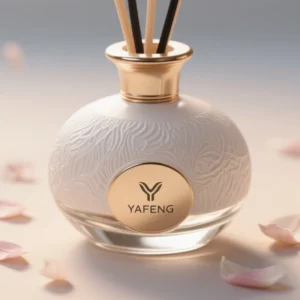
Discover how rattan aromatherapy works and why glass bottles are the best choice for long-lasting scent, safety, and sustainable, elegant packaging.
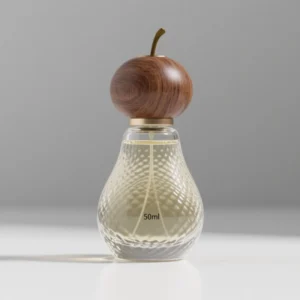
Discover the top 10 woods for perfume caps, comparing texture, pros, cons, and price to help you choose the best material for stylish, high-quality packaging.
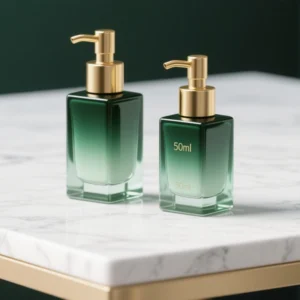
Explore cosmetic glass bottles—safety, eco benefits, types, coloring, mold costs, MOQ, and production tips—in one expert, data-rich guide.
WhatsApp us